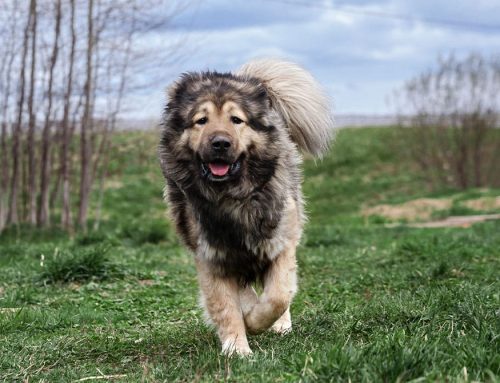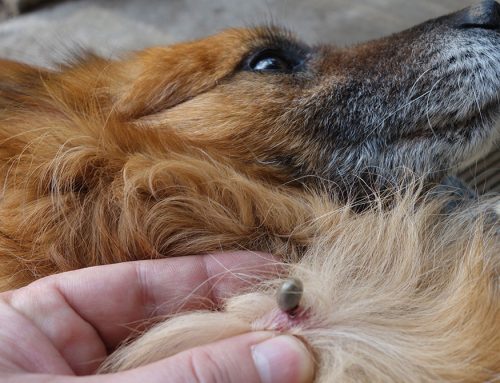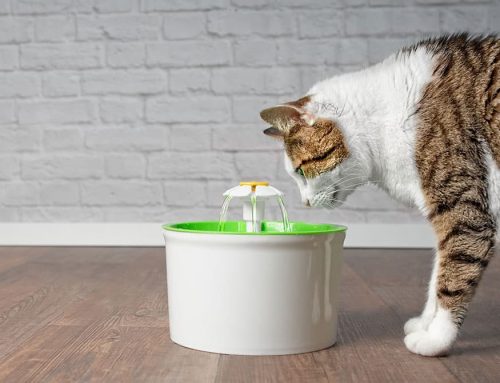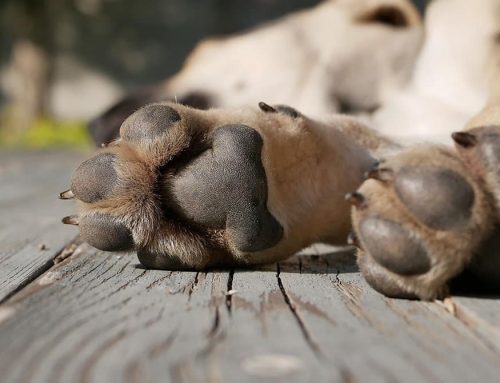Many times, the first sign that your pet needs a dental is bad breath. Usually the bad breath is stemming from an underlying dental issue. If you notice any broken/discolored teeth, excessive drooling, a growth, or a reluctance to eat or play with chew toys, it is time to schedule an appointment for your pet.
Broken and fractured teeth can lead to numerous issues, but infection and pain are the major concerns. Other signs include: favoring one side of the mouth, pawing or rubbing their face/mouth, swelling in the face/mouth, and sudden changes in behavior. In some cases, pets can also experience nasal and/or eye discharge due to a dental issue.
Examining your pet’s mouth may be difficult, especially when they are in pain. Your veterinarian may need to sedate your pet, in order to complete the initial examination. Once your pet has been examined, and we have run preoperative lab work to guarantee your pet is safe to undergo anesthesia, the staff will schedule your pet to come in during surgery hours for the official dental procedure. Dental radiographs (X-rays) will be necessary to make a proper diagnosis. Intra-oral radiographs are essential for deciding what’s going on and what needs to be done.
Now that you know what signs to look for, and what a dental procedure entails, let’s discuss some dental issues that commonly occur in pets, and how these conditions are treated.
What is Tooth Resorption?
- Most cats older than three years old will have tooth resorption, which can be painful. Tooth resorption commonly occurs at the gum line.
- If your cat will allow it, you can check for tooth resorption at home by gently pressing a cotton swab to the gum line around the outside of the teeth. If your cat starts quivering and chattering, there is probably tooth resorption.
- Treatment is to pull the affected tooth.
The specific cause for tooth resorption in cats (and dogs) is unknown, but theories supporting an autoimmune response have been proposed.
Cats affected with tooth resorption may show excessive salivation, bleeding in the mouth, or have difficulty eating. Tooth resorptions can be quite painful but many affected cats hide their pain. Most times it is up to the veterinarian to diagnose tooth resorption on oral examination with x-rays. Diagnostic aids include an explorer dental probe or cotton swab applied to the suspected resorption; when the probe touches the lesion, it causes discomfort and jaw spasms. Treating a tooth resorption is extracting the affected tooth to bring relief.
What Is Periodontal Disease?
Periodontal disease is inflammation of some or all of a tooth’s support. When compared to gingivitis, periodontitis indicates bone loss. If left untreated, periodontitis may cause loose, painful teeth as well as internal disease. Periodontal disease is caused by plaque. Bacteria are attracted to the tooth surface within hours of the teeth being cleaned. Within days, the plaque becomes mineralized and produces calculus. As plaque ages and gingivitis develops, then periodontitis, or bone loss, occurs.
Bone loss from periodontal disease occurs below the gum line. In order to evaluate the stage of the disease as well as the best treatment, your pet must be examined under general anesthesia. In addition to a visual examination, x-rays and instruments to measure bone loss are used. These are the stages and what determines them:
- Stage 1 – gingivitis.
- Stage 2 – early periodontitis-less than 25% support loss
- Stage 3 – established periodontitis- between 25-50% support loss
- Stage 4 – advanced periodontitis- greater than 50% support loss
Treatment depends on the severity of the disease. Stage 1 gingivitis can be treated by teeth cleaning, polishing, application of fluoride to help plaque accumulation, and applying OraVet plaque prevention gel. Stage 2 disease will require deep scaling and the application of a local antimicrobial if a pocket exists. Stage 3 disease is treated similarly in cases where the owner is able to provide and the pet is able to accept daily plaque control at home. Once stage 4 disease occurs, dental scaling and/or surgery is necessary to treat the affected teeth through specific procedures or extraction.
Periodontal disease is not curable once bone loss occurs, but may be controllable once treated and followed up with strict home care. Daily plaque control through tooth brushing is the key to helping prevent periodontal disease. Special foods and treats are also available to help control calculus. The goal of treating periodontal disease is to decrease or eliminate the periodontal pocket. The best outcomes result from a committed client, a cooperative patient, and a treatable tooth. This commitment includes twice-daily plaque control either through brushing, wipes, or products accepted by the Veterinary Oral Health Council.
What is Stomatitis?
Cats can also be affected by stomatitis, an inflammatory condition. The cause of this disease has not been determined but an immune-related cause is suspected. Signs in an affected cat include bad breath, difficulty swallowing, weight loss, and excessive salivation. X-rays often reveal moderate to severe periodontal disease with bone loss.
Managing a case of stomatitis can be challenging. Oftentimes attempts at conservative therapy are not effective. Extracting specific or all the teeth resolves the syndrome in 60 percent of the cases. The remaining 40 percent require life-long medication to be comfortable.
What is Feline Gingivostomatitis?
Feline gingivostomatitis (FGS) is a severe, painful oral disease that affects some cats. What happens is the cat’s mouth becomes allergic to plaque on the teeth, tongue, and gums. The allergic response appears as striking inflammation throughout the mouth.
Severe inflammation around the teeth and the back of the mouth exists with FGS. Affected cats may drool, have really bad-smelling breath and have difficulty chewing hard food. Mouth pain may also cause a decrease in self grooming, resulting in a scruffy hair coat.
Treatment is surgical. After the affected teeth are removed, most cases heal. In some cats all the teeth need to be removed.












